About Dacepton®
Dacepton® (Apomorphine hydrochloride) is indicated for the treatment of motor fluctuations (“on-off” phenomena) in patients with Parkinson’s disease which are not sufficiently controlled by oral anti-Parkinson medication (SmPC, in current version).

Apomorphine is a potent, non-ergoline, non-selective and direct-acting dopamine-receptor agonist. Given subcutaneously, it has a rapid onset of antiparkinsonian action, qualitatively compared to that of levodopa.
EVER PHARMA PORTFOLIO
Mode of Action
Apomorphine directly activates postsynaptic dopamine receptors in the striatum. In contrast to levodopa it is independent of the presynaptic dopaminergic terminals for storage and release (Hagell et al., 2001).
Apomorphine is a strong lipophilic compound and its positive motor effect depends on its concentration in the cerebrospinal fluid. Due to the high first pass effect of Apomorphine, the bioavailability of the oral formulation is very low. Apomorphine is a substance with a high hepatic clearance, only 3 – 4% is eliminated unmodified with urine (Neef, et al., 1999).
After a subcutaneous (s.c.) injection, the absorption rate depends on the local blood circulation at the injection site and amounts to almost 100%.
How Dacepton® works in the brain:
Safety
Apomorphine hydrochloride hemihydrate should be given with caution to patients with renal, pulmonary or cardiovascular disease and persons prone to nausea and vomiting. Extra caution is recommended during initiation of therapy in elderly and/or debilitated patients.
Since Apomorphine may produce hypotension, even when given with domperidone pre-treatment, care should be exercised in patients with pre-existing cardiac disease or in patients taking vasoactive medicinal products such as antihypertensives, and especially in patients with pre-existing postural hypotension.
Especially at high dose, Apomorphine may have the potential for QT prolongation, caution should be exercised when treating patients at risk for Torsade-de-Pointes arrhythmia.
Apomorphine is associated with local subcutaneous effects. These can sometimes be reduced by the rotation of injection sites or possibly by the use of ultrasound (if available) in order to avoid areas of nodularity and induration.
Haemolytic anaemia and thrombocytopenia have been reported in patients treated with Apomorphine. Haematology tests should be undertaken at regular intervals as with levodopa, when given concomitantly with Apomorphine.
The support for adverse events can be found here .
Caution is advised when combining Apomorphine with other medicinal products, especially those with a narrow therapeutic range.
Neuropsychiatric problems co-exist in many patients with advanced Parkinson’s disease. There is evidence that for some patient`s neuropsychiatric disturbances may be exacerbated by Apomorphine. Special care should be exercised when Apomorphine is used in these patients.
Please refer to the summary of product characteristics for complete information. The prescribing information for Dacepton® can be found in the Download Area.

Expert Interviews
Prof. K. Ray Chaudhuri talking about the efficacy of Apomorphine in a non-motoric perspective.
 Dacepton®. " class="wp-image-961" />
Dacepton®. " class="wp-image-961" />Patient Initiation
Learn more about which Reasons to consider, the Quick Titration and the Route of Administration.
Sources
Hagell, et al., 2001
Neef, et al., 1999
LeWitt, 2004
Gancher, et al., 1989
SmPC, Dacepton® 10mg/ml Ampoule solution for injection or infusion, Dacepton®/Dopaceptin® 5mg/ml Vial solution for infusion, Dacepton® 10mg/ml Cartridge Solution for injection, in current version